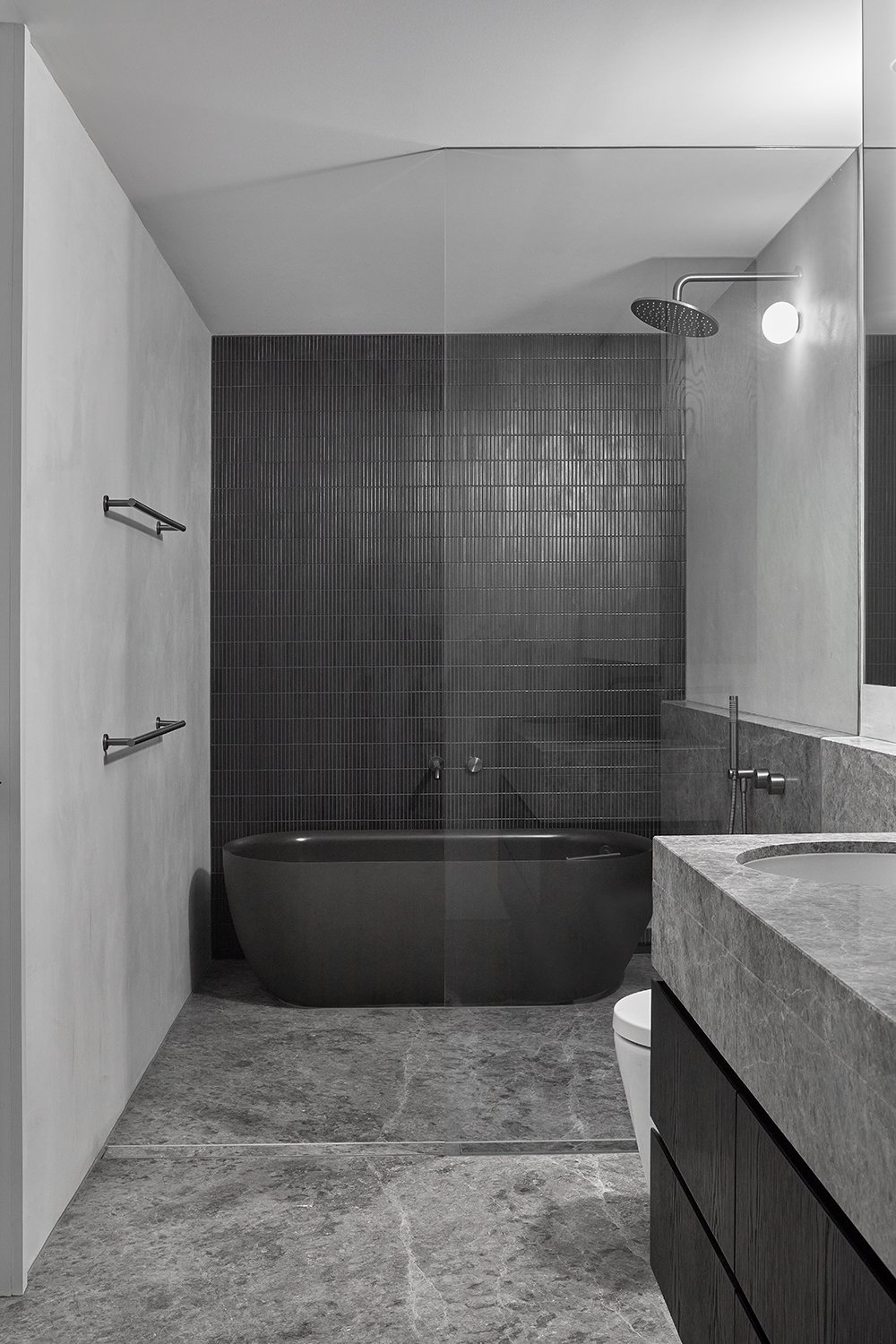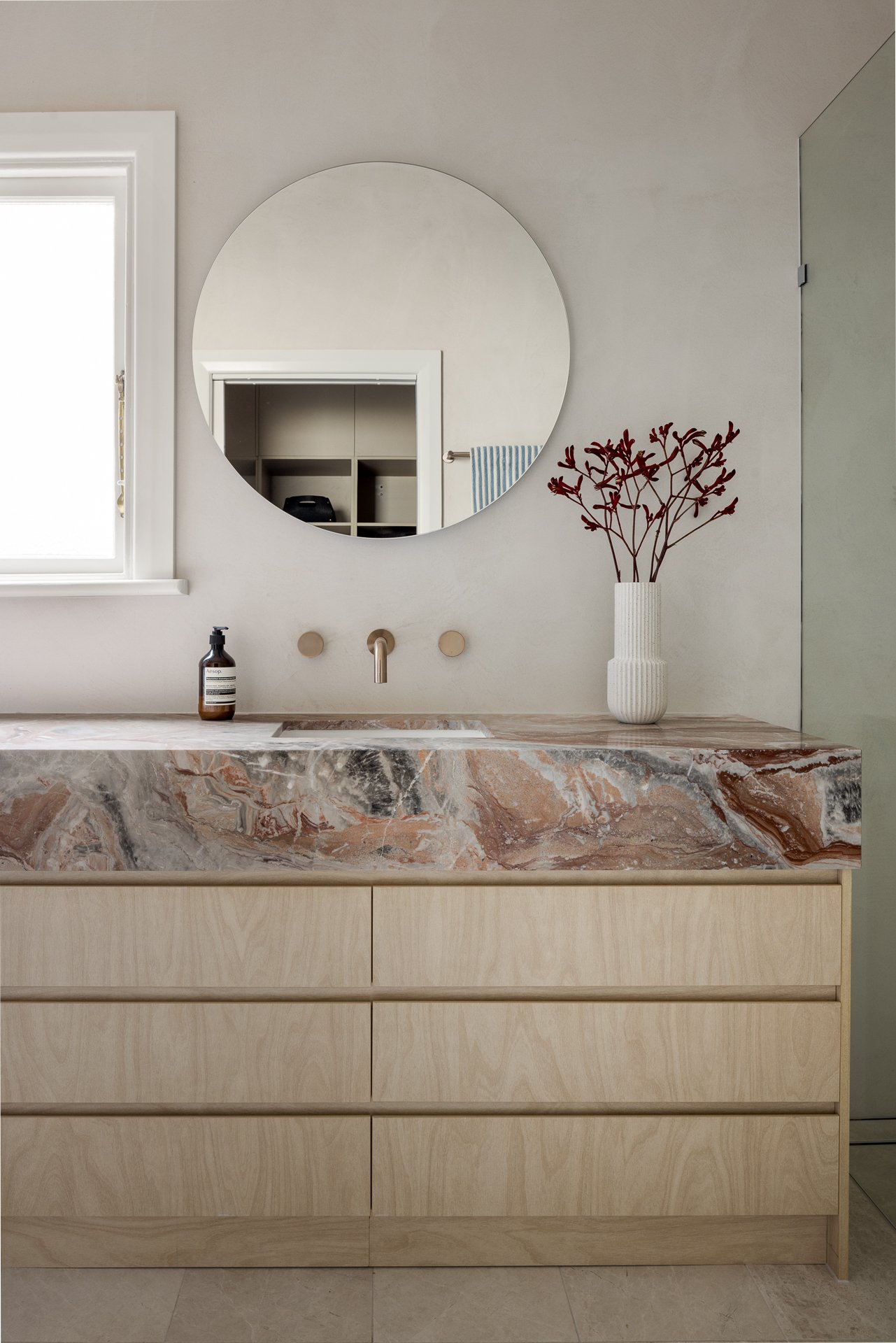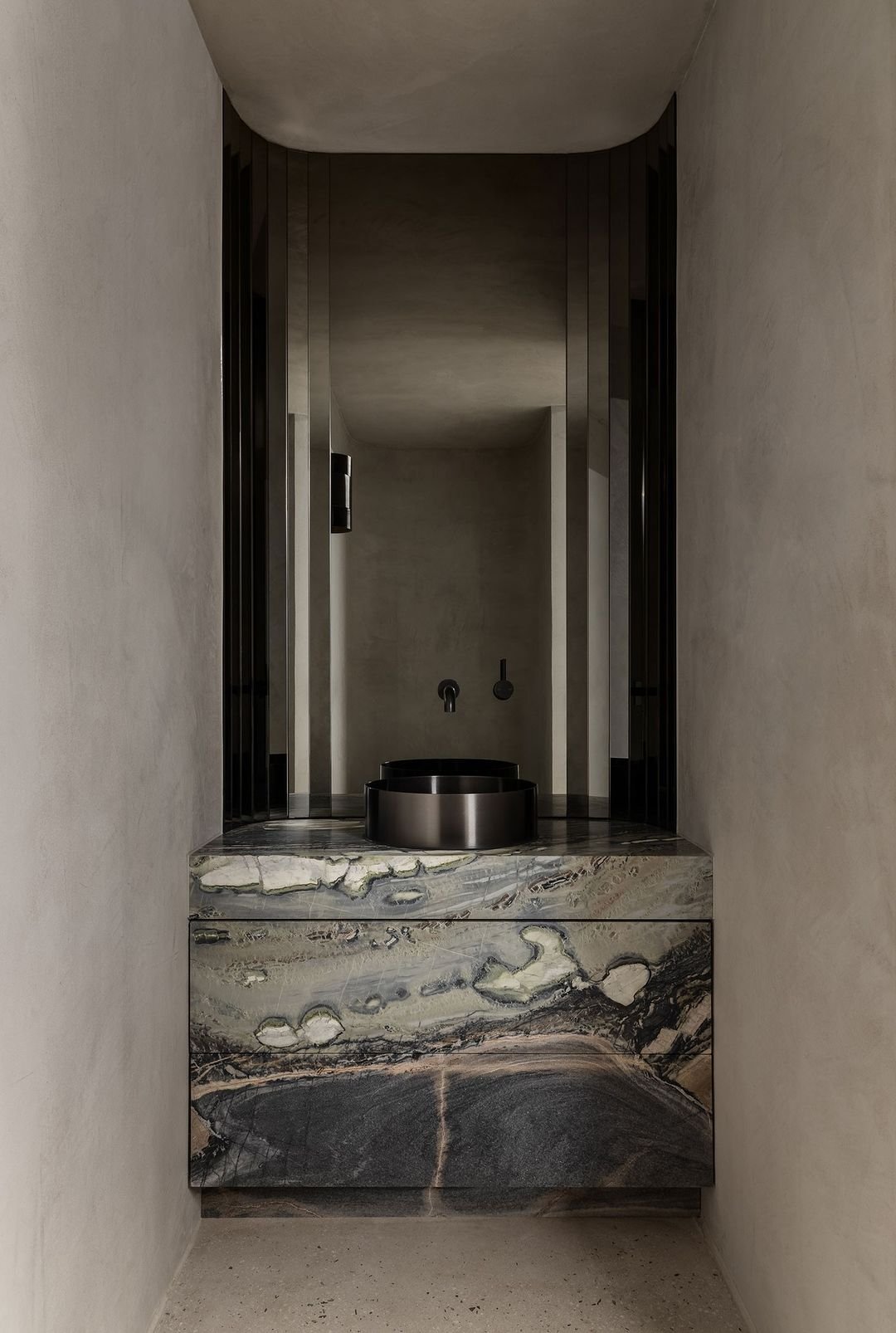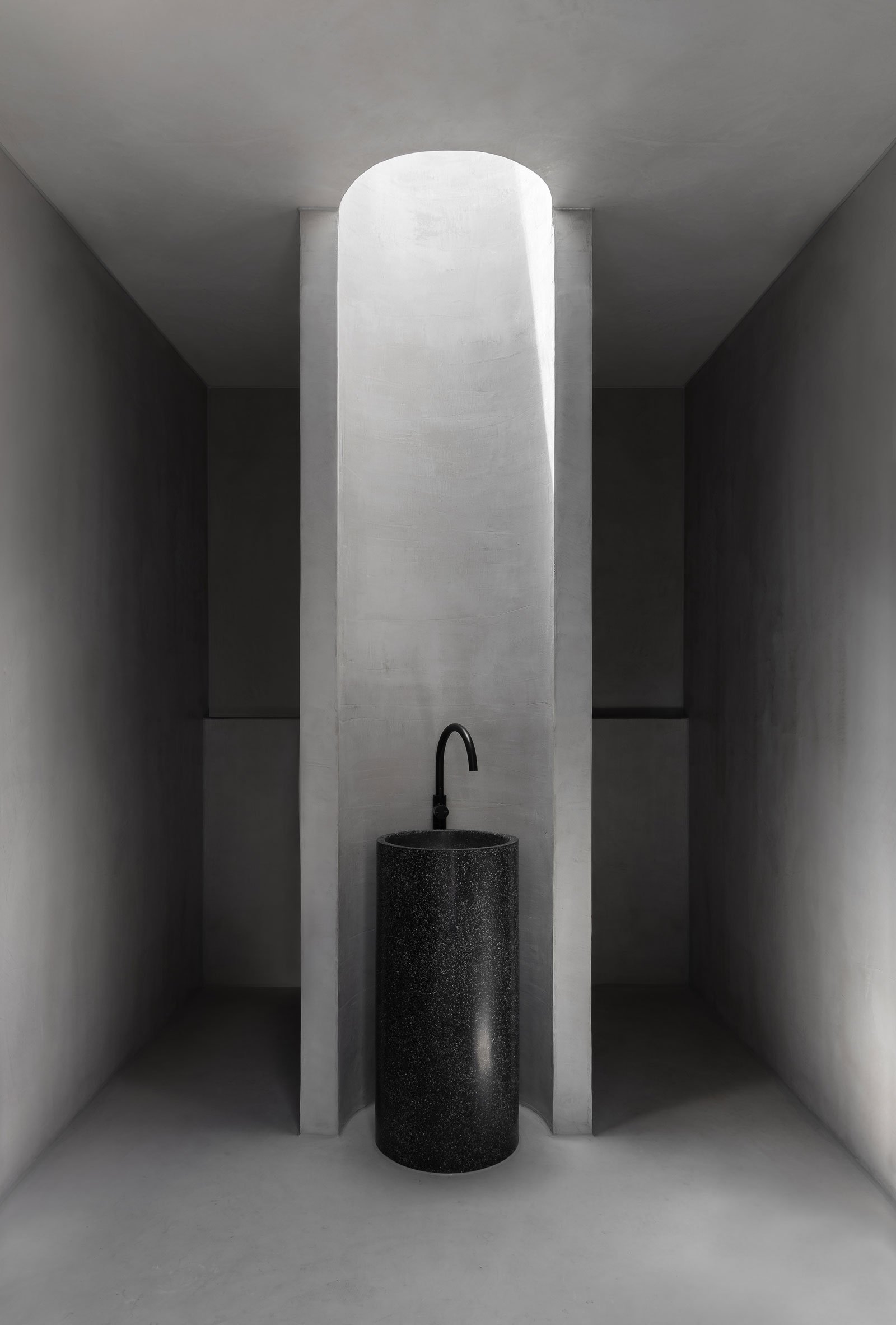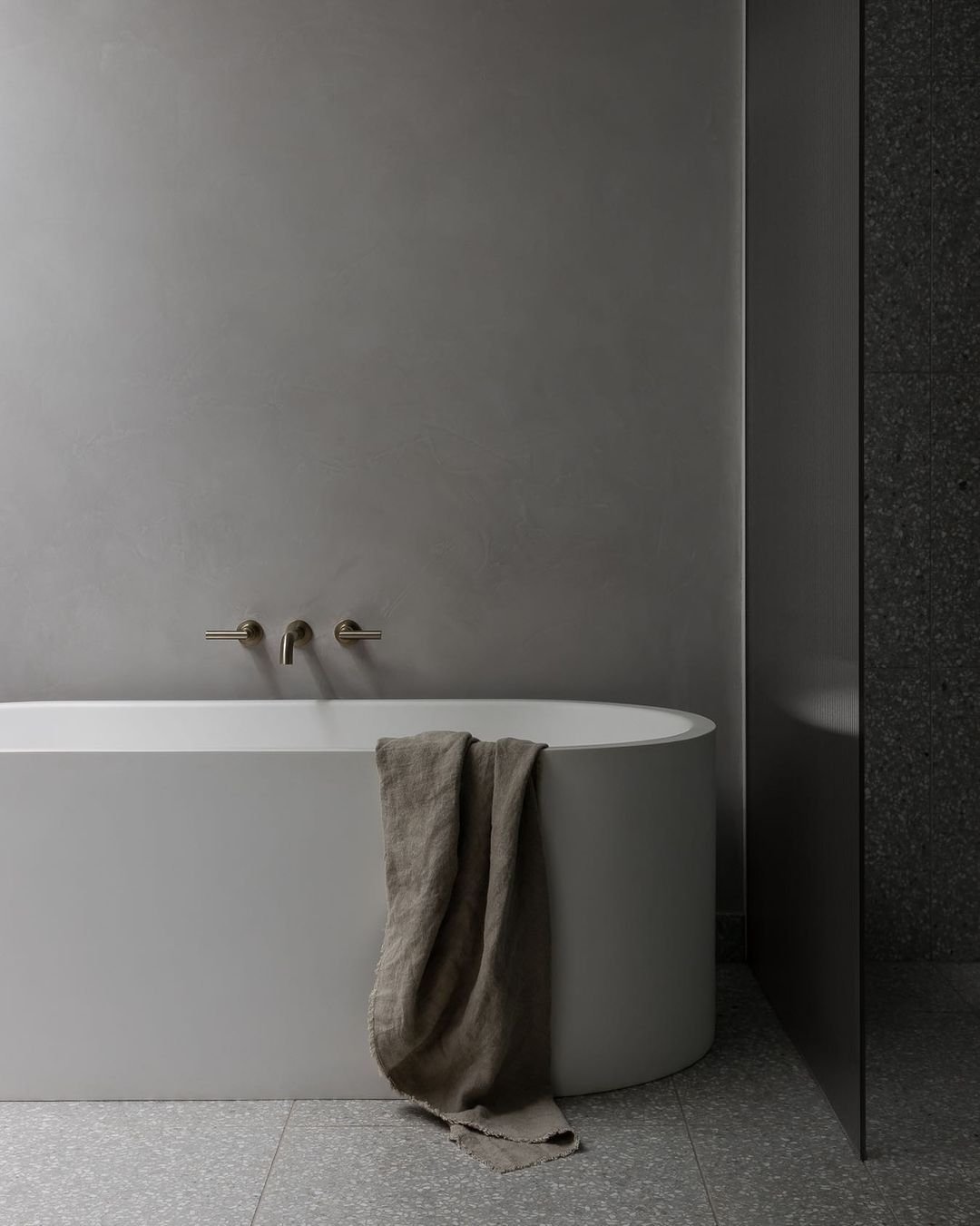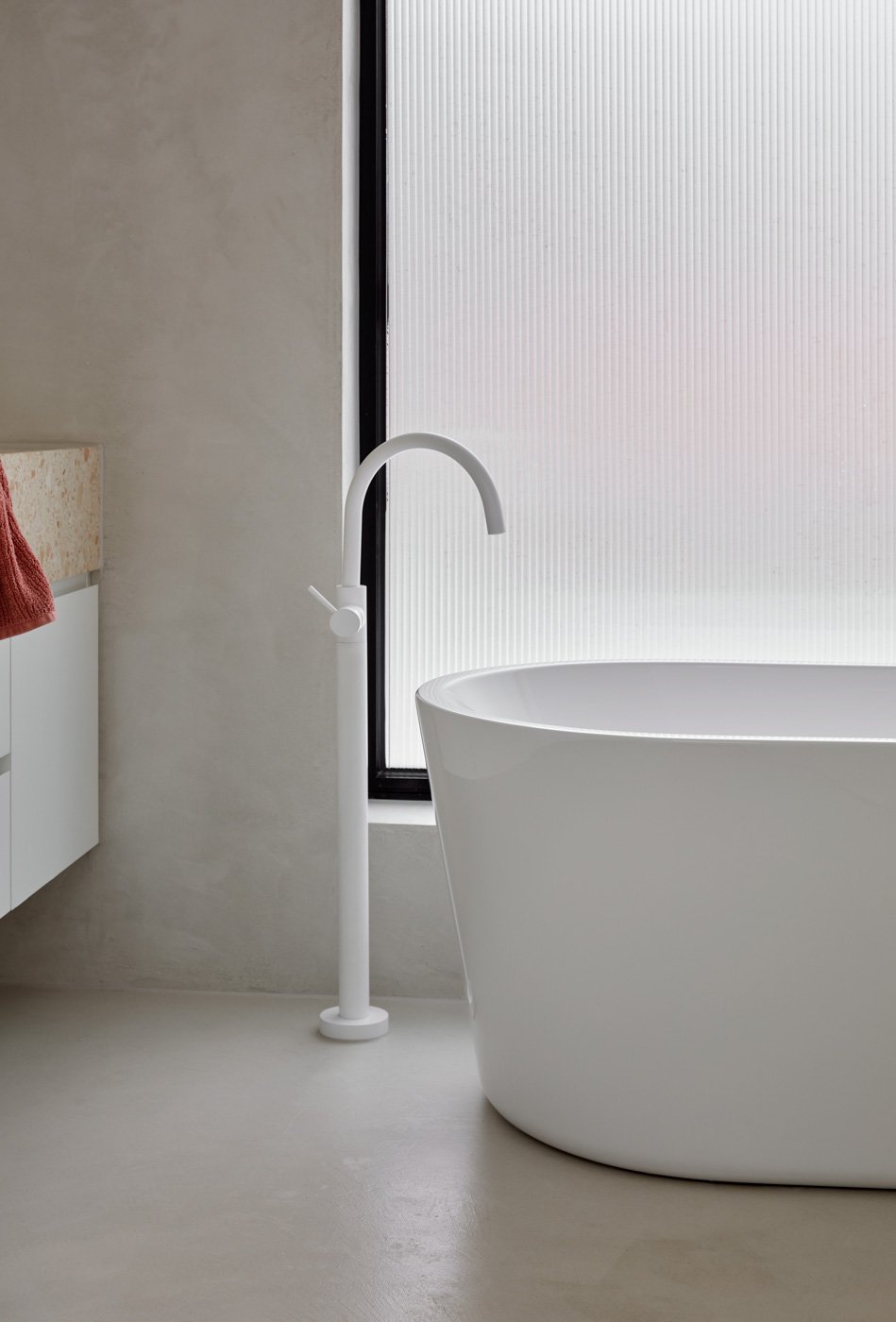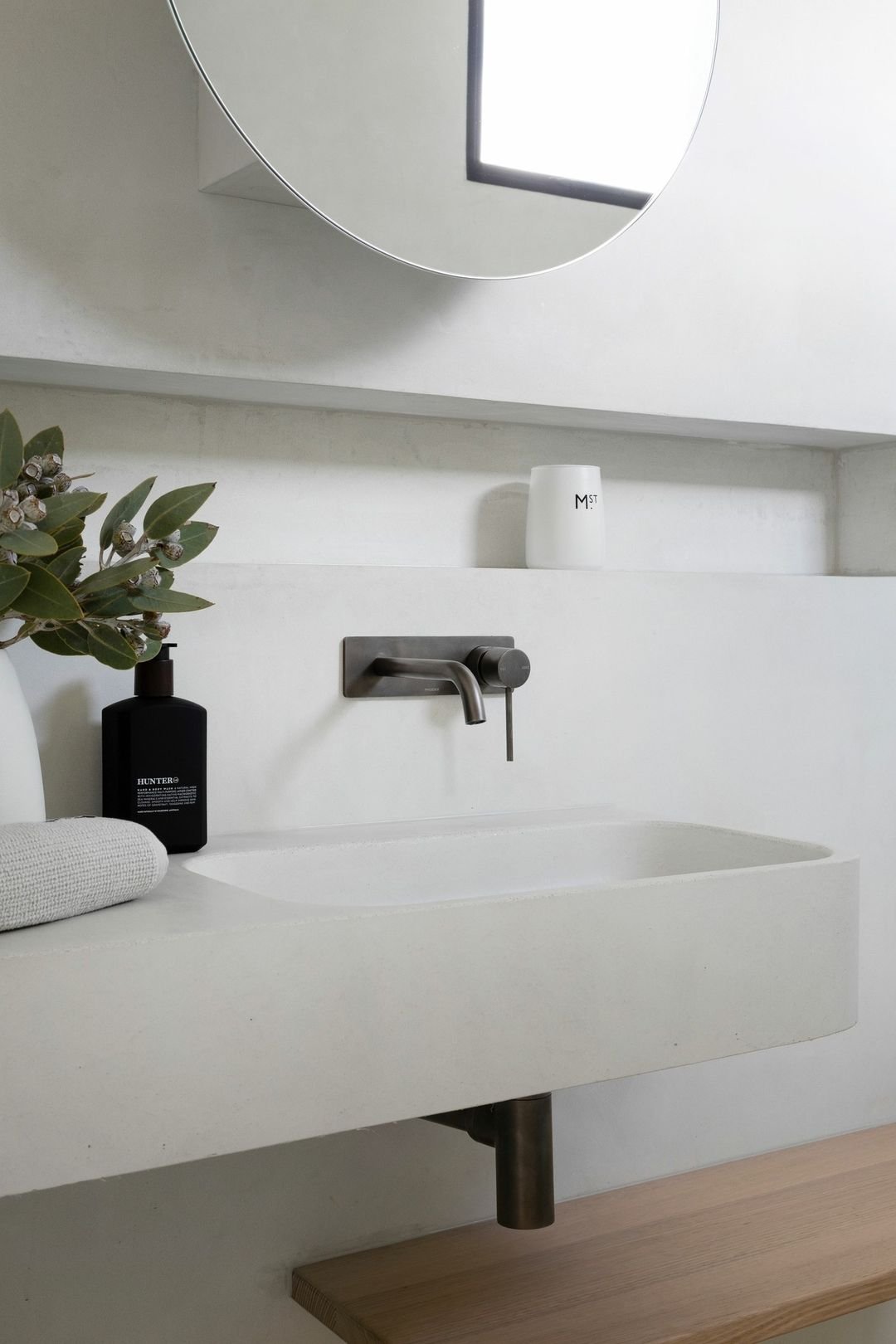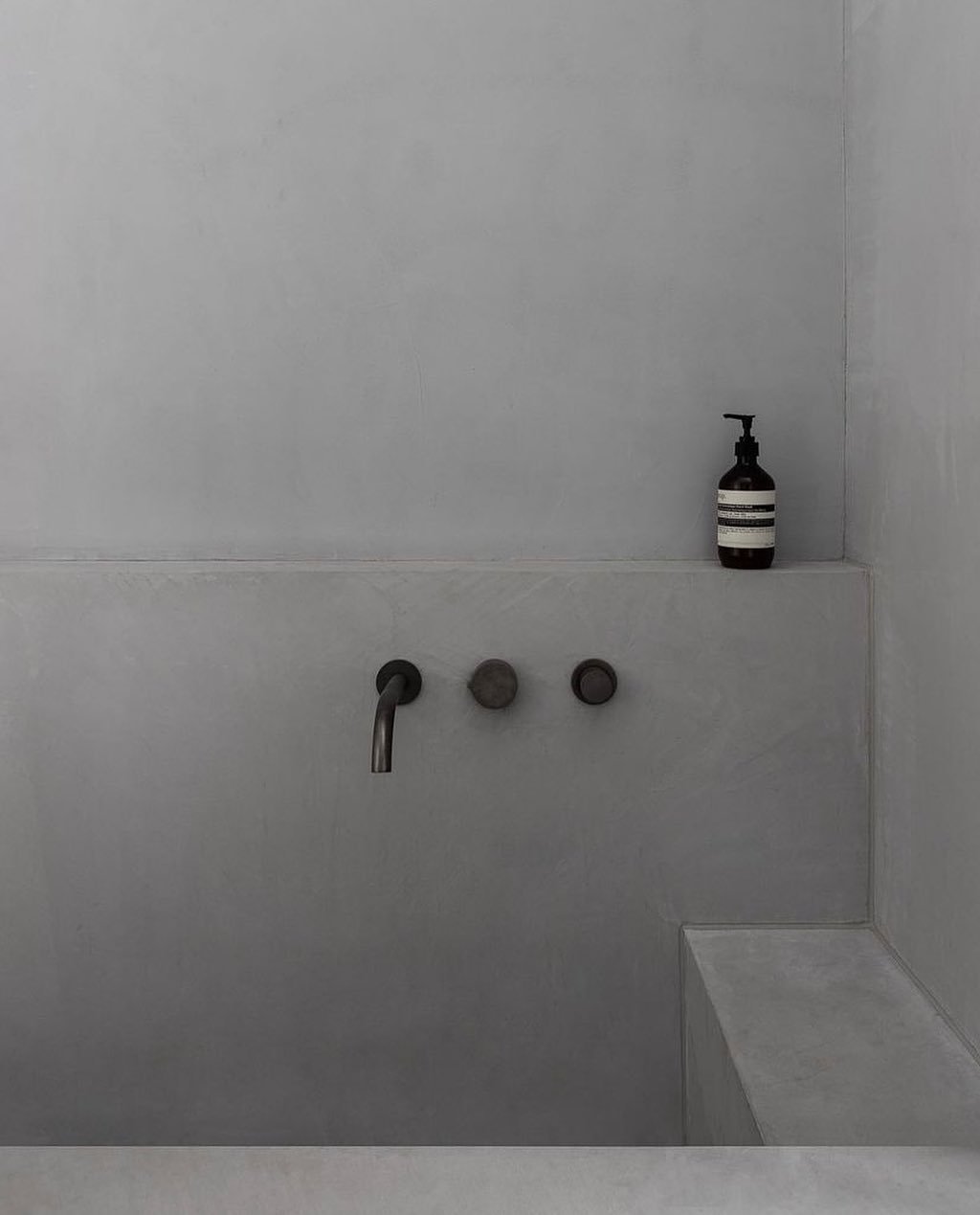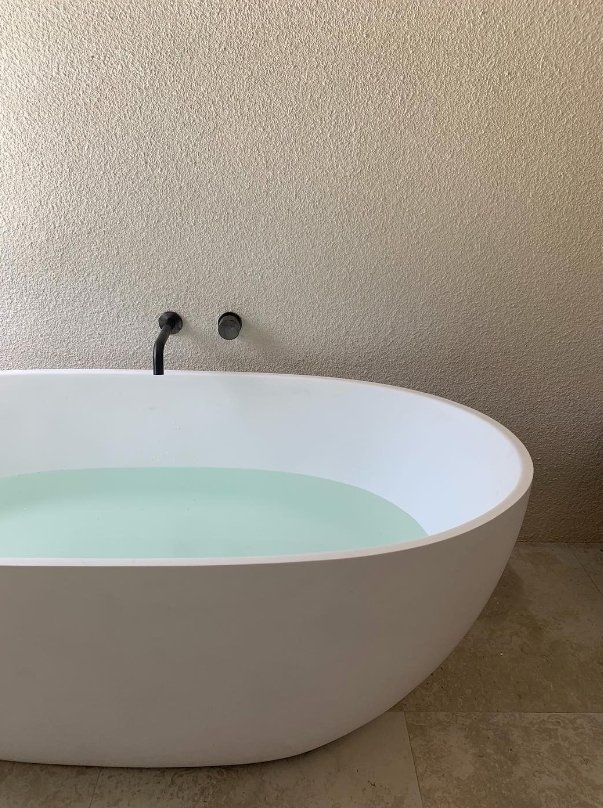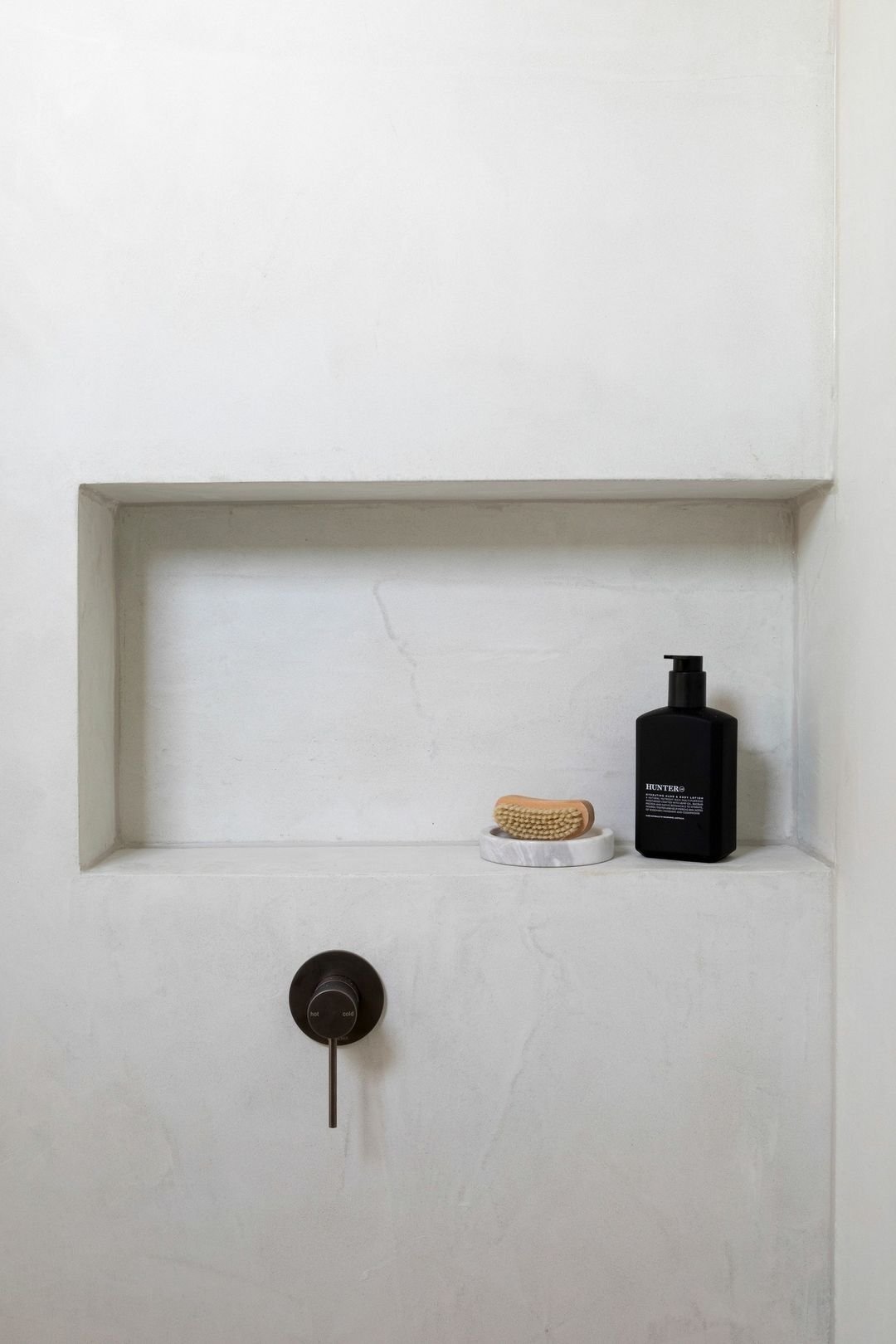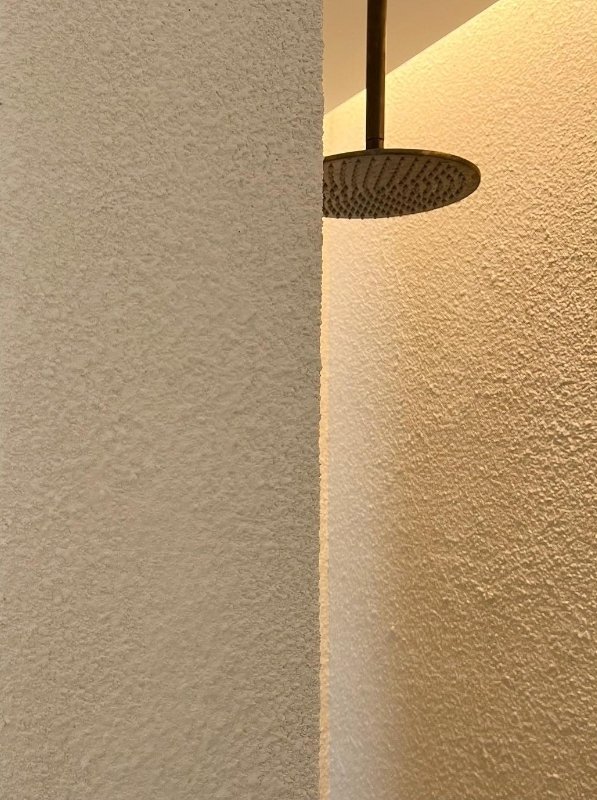The What, Where, How, and Why: Microcement Bathrooms
/Need bathroom ideas for your next project? You should consider microcement.
Yes, microcement is suitable in wet areas. This concrete-look coating is waterproof, anti-slip, high-resistance, and grout-free. It can easily be applied to walls, floors, showers, basins, and joinery. It can also be installed over existing materials, making it a popular choice for renovating.
Our product X-Bond was one of the first microcement overlay systems in Australia. We’ve been installing it for over 25 years in a wide variety of finishes and colours.
Read on as we answer frequently asked questions about applying microcement in the bathroom.
1. MLK Design Studio
/
2. Bryant Alsop Architects
/
3 & 4. Cera Stribley
/
1. MLK Design Studio / 2. Bryant Alsop Architects / 3 & 4. Cera Stribley /
What is microcement?
Microcement is a cement and polymer coating that looks like concrete and feels like concrete, but can achieve the concrete aesthetic in ways that would typically be impractical. We’ve got a whole post on the differences between microcement and concrete if you’re interested to learn more.
What you need to know is that microcement is hand trowelled at only 2-3mm thick — so it can be applied over a wide range of existing substrates on floors, walls, ceilings, and joinery. This includes concrete, compressed sheeting, plaster, villa board, brick, ply, laminate, MDF, and tiles.
Where can you apply microcement?
Our surfacing experts have perfected the X-Bond overlay system with the use of our Liquid Membrane, a waterproofing membrane that prepares the microcement for wet areas in just two coats. Therefore, you can put X-Bond Microcement in the shower and bath as well as all surrounding areas (floors, walls, ceilings, and joinery). It can even installed be used to create a basin.
Better yet, Liquid Membrane is also one of the most advanced anti-fracture membranes on the market. This will protect your walls and floors from cracks, while also fixing and stabilising damage to existing substrates before resurfacing.
How do you install microcement in a bathroom?
X-Bond is hand-installed without any machinery or demolition necessary, with what we like to call the Remodel Without Removal method. Architects, interior designers, builders, and homeowners can use microcement to achieve a concrete look without the mess, cost, and time associated with a traditional remodel.
As for how it works, essentially the strong bonding properties of polymer are what allows the microcement to adhere to a wide range of substrates — yep, including those old tiles from the ‘70s.
1. Tecture
/
2. Sync Architecture
/
4. Luke Fry Architecture
/
1. Tecture / 2. Sync Architecture / 4. Luke Fry Architecture /
Why should you choose X-Bond microcement?
When it comes to bathrooms, X-Bond is versatile, durable, and renovation-friendly.
The seamless overlay has a high slip-rating and is grout-free, which means it’s also safe and easy to maintain.
Throughout this article, we’ve included images of past projects featuring X-Bond Microcement. Every look is unique, from the smooth Micro finish to the textured Mineral finish. Some even include custom colours that we made specially for the client. If you want to work with us to create your dream bathroom, get in touch with our microcement experts.


